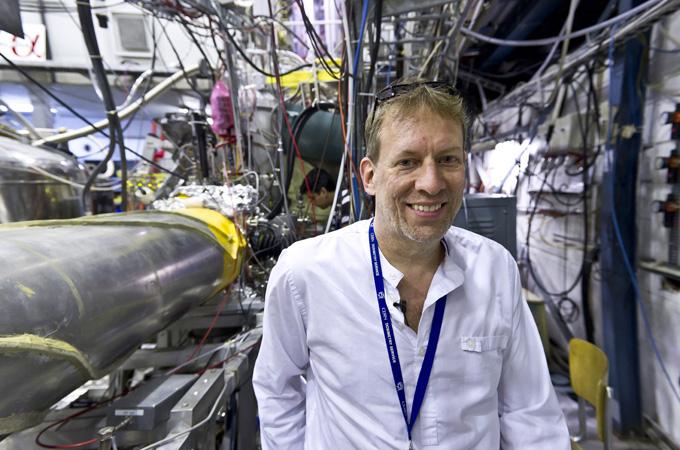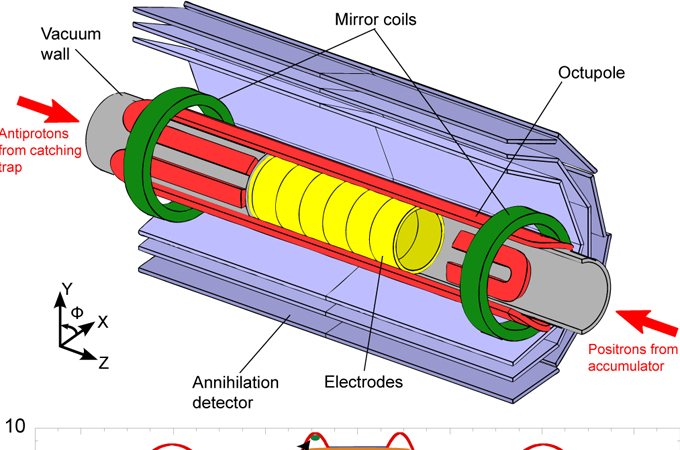Physicists capture antimatter
Swiss-based institute creates and, for the first time, traps antimatter atoms, one of the biggest mysteries of science.

 |
| CERN’s Hangst says studying antimatter brings physics a step closer to solving the puzzle of the universe’s birth [CERN] |
Physicists have created, and for the first time trapped, antimatter atoms, one of the biggest mysteries of modern science, the European Centre for Nuclear Research says.
The Switzerland-based research institute, also known as CERN, said on Wednesday it had produced antihydrogen atoms – the opposite of a hydrogen atom – in a magnetic trap and kept them viable for more than 170 milliseconds.
Keep reading
list of 4 itemsCould shipping containers be the answer to Ghana’s housing crisis?
Are Chinese electric vehicles taking over the world?
First pig kidney in a human: Is this the future of transplants?
Holding the antimatter in a vacuum for this fraction of a second allowed the physicists to study the atoms, CERN said in an article in the British journal Nature.
“We’re ecstatic. This is five years of hard work,” Jeffrey Hangst, a spokesman at CERN, told the journal.
An antihydrogen atom is made from a negatively charged antiproton and a positively charged positron, the antimatter counterpart of the electron.
Experiments have produced antimatter atoms before but only in a free state. That means they instantly collide with ordinary matter and get annihilated, making it impossible to measure them or study their structure.
‘A big deal’
“The goal is to study antihydrogen and you can’t do it without trapping it,” Cliff Surko, an antimatter researcher at the University of California, San Diego, said in Nature.
“This is really a big deal.”
 |
| A magnetic trap kept the antimatter atoms viable for more than 170 milliseconds [Nature] |
Some 38 antihydrogen atoms have now been trapped long enough for scientists to take a look at them in their quest to understand what happened to antimatter after the Big Bang explosion that created the universe.
To trap just 38 atoms, the group physicists had to run the experiment 335 times.
The laws of physics make no distinction between matter and antimatter, which means equal amounts of the two should have been created at the universe’s birth.
However, our world is made up overwhelmingly of matter, rather than antimatter. The reason for this remains one of the great puzzles of particle physics.
“This was ten thousand times more difficult than creating untrapped antihydrogen atoms,” Hangst, the CERN spokesman, said.
“This inspires us to work that much harder to see if antimatter holds some secret.”